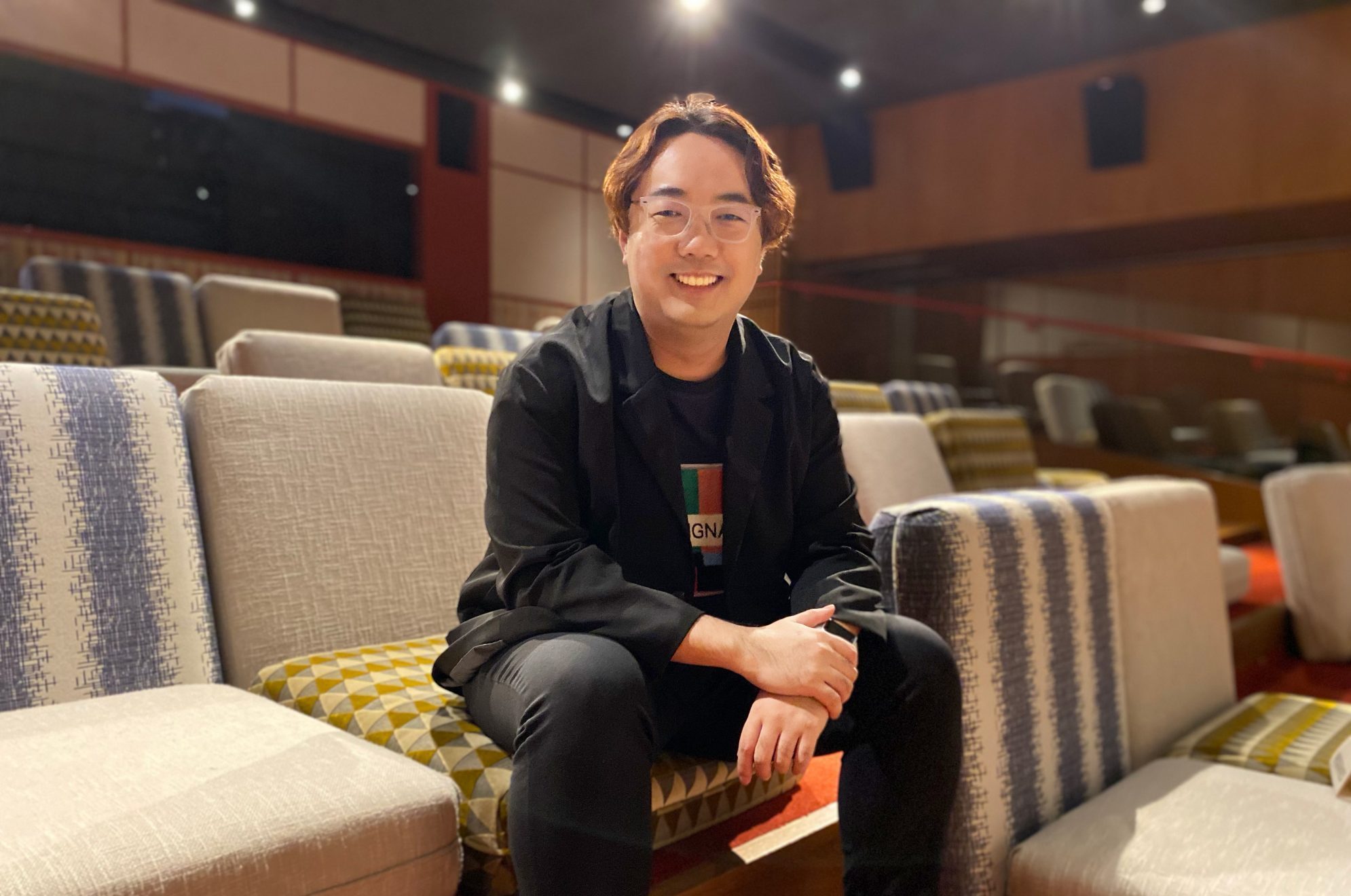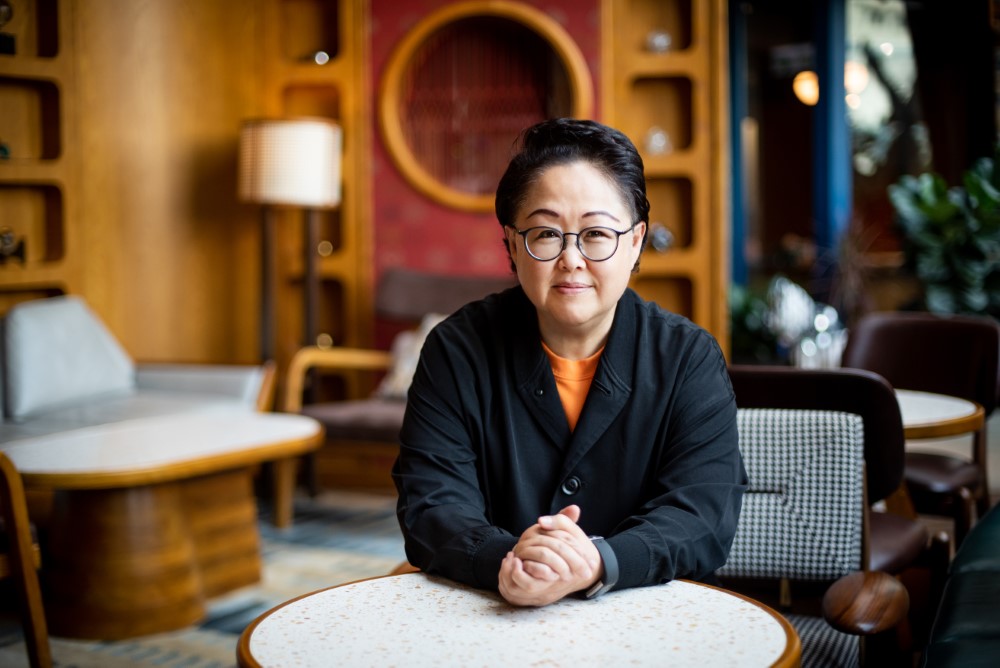Interview with Candy Chan on Heritage Preservation
Candy Chan is a Good Lab and civil-servant-turned-entrepreneur who started a consultancy business to help bridge the gap in understanding between real estate developers and the Government in terms of preservation for historic buildings. We sat down with her recently to learn from her the concept and the practice of preservation for old buildings in Hong Kong.
How did you start in this field?
I started out as a surveyor and then a few years ago I started working in the Antiquities and Monuments Office of the Government. I always love the old buildings and historic buildings. That’s why I am venturing out into this field.
So I know that you recently started a company called Property Conservation Co., What is it about?
I started this company because I saw a need in the market for people who can understand both the need of property developers and the need for heritage conservation. Normally these two parties have odds with each other.
When we are talking about old buildings or historic buildings in Hong Kong, can you give us a definition of what that is?
It includes traditional Chinese ancestral halls and western style architectures which were built in the old days. The Antiquities and Monuments Office has carried out territory-wide survey to identify these historic buildings and assessed their heritage value based on the historical interest, architectural merit, group value, social value and local interest, authenticity and rarity. The list of declared monuments and graded buildings can be found at the Antiquities and Monuments Office website and the Antiquities Advisory Board website respectively. There is definitions of gradings, this is much like an administrative guideline, not restricted by law. As Hong Kong develops, some old buildings have been torn down for redevelopment. This is much like a guideline, not restricted by law. A couple years ago, the Government launched “Revitalising Historic Buildings Through Partnership Scheme”, which has inspired projects like The Tai O Heritage Hotel, YHA Mei Ho House Youth Hostel, etc.
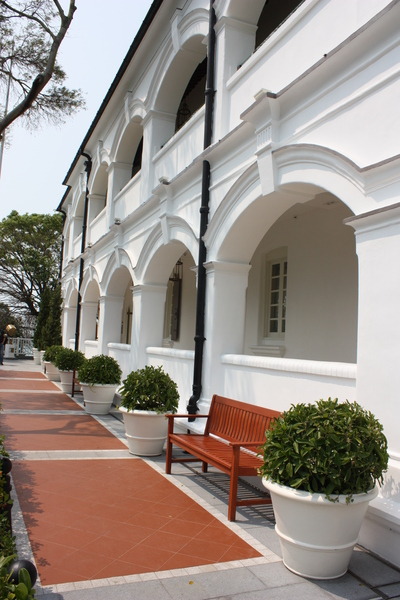
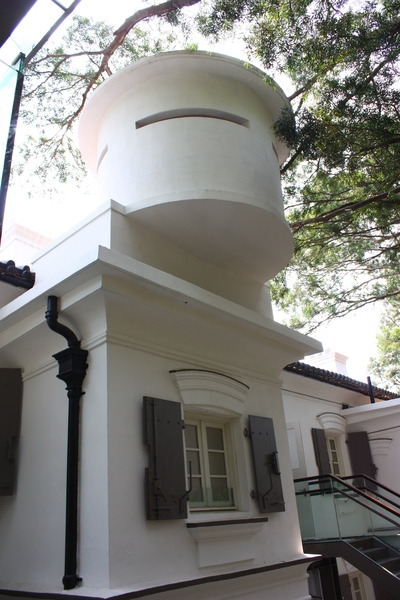
The Tai O Heritage Hotel
Can you share with us a story of good preservation?
The Tai O Heritage Hotel is a good example. It was the building of the Old Tai O Police Station which was built over 100 years ago, they restored it as a boutique hotel, while keeping the old building style intact, the Tai O Heritage Hotel revitalisation project has been recognized internationally and received the Award of Merit in the 2013 UNESCO Asia-Pacific Awards for Cultural Heritage Conservation.

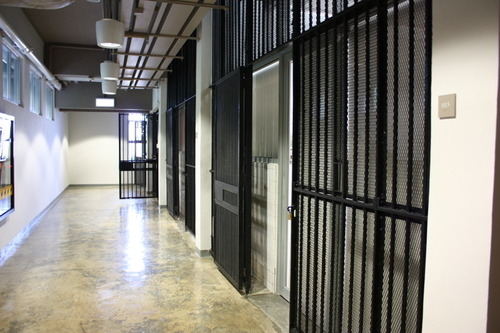
This used to be the North Kowloon Magistracy, it was re-developed as a school of design.
How can one strike a balance between the need for development and the need to preserve old buildings? And what do you see as a way to solve this conundrum?
Well, it is always a tough situation, but I guess what we need to work on is to create a platform where both parties can really listen to each other and get to understand each other’s needs and concerns. At present, not many investors recognize the value of historic buildings, they may need to sacrifice some development potential but they could earn something else in the long run. Because actually the efforts spent in preservation could help strengthen the positive image of the developer and add unique character to the development project.
There are some recent cases of old buildings being revitalised, like the Former North Kowloon Magistracy and the Lui Seng Chun. The Government pays for the refurbishment, and the new users are responsible for the further maintenance. This is still a new model in Hong Kong, we are not sure if it will work or not. Only time will tell.
When we are talking about preserving old buildings, we are often inspired by how European countries managed to preserve their old buildings. What is the secret recipe in their case?
I think the situation is a bit different in the European Countries. They have more legislative protection on historic buildings, it was well accepted by the public to keep these old buildings. While in Hong Kong, the land price is so high and for the historic buildings that we have nowadays, we don’t have a consensus on keeping our historic buildings at all costs.
As far as I know, many people are often influenced by the media when it comes to preservation of old buildings. Do you think local media is doing a good job in this regard?
This is a good question. If you are not an expert in this field, you would be very easily misled by the media. Say, I read a news about the Lung Wah Restaurant in Shatin, claiming that the Government disregard the historic value of the site and trying to take back the steps leading to the restaurant. It was quite misleading that the pathway and canopy were historic and trying to arouse the readers to preserve that as a whole but I think building over Government land should not be encouraged in the first place and the canopy did not appeared to be historic at all.
What would be your dream scenario when it comes to conservation of old buildings in Hong Kong?
The perfect scenario would be that we find a win-win-win situation for developers, the Government and the civic society. For which we need to have real dialogues and get to understand each other’s needs and concerns better, otherwise it would be a game that nobody is a winner.


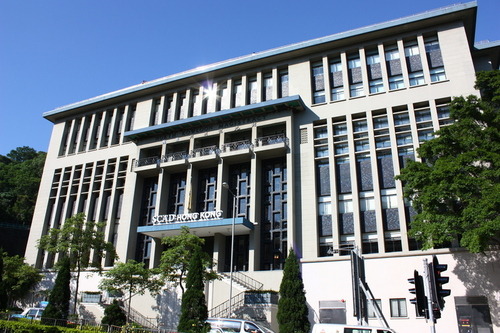




















 Hands-on Experience
Hands-on Experience 












